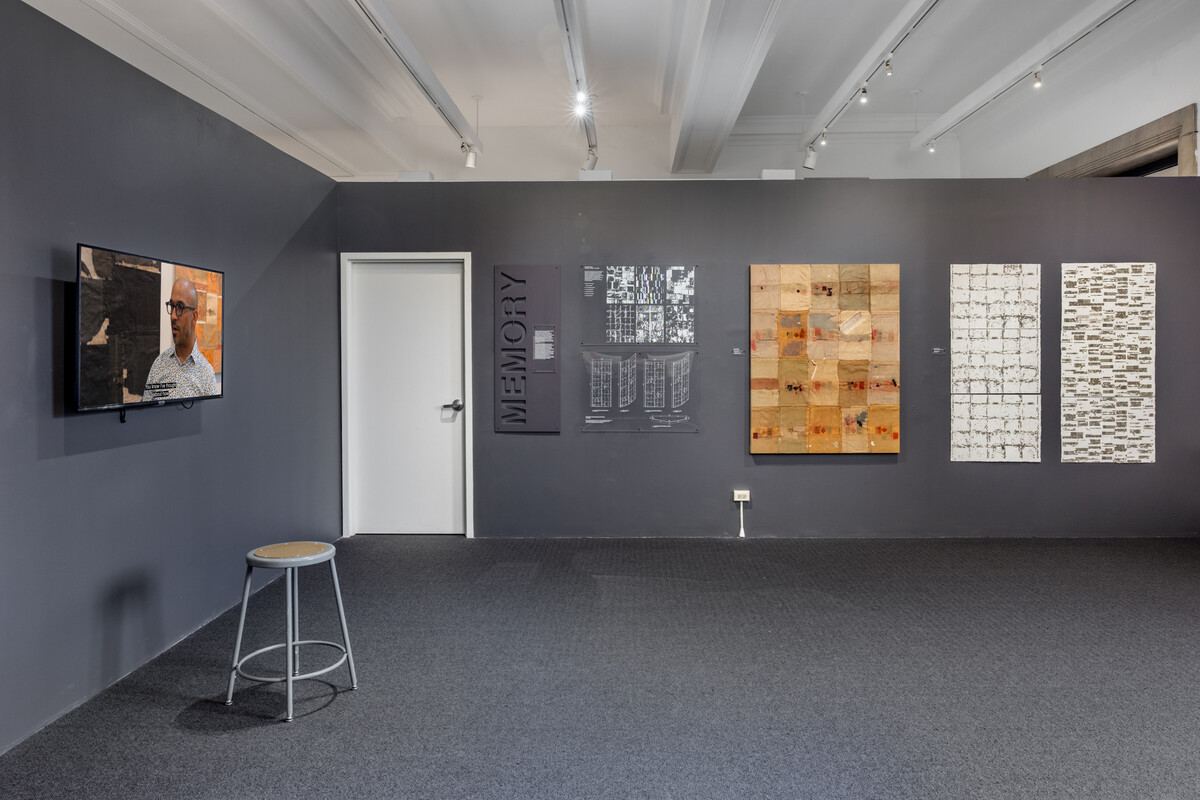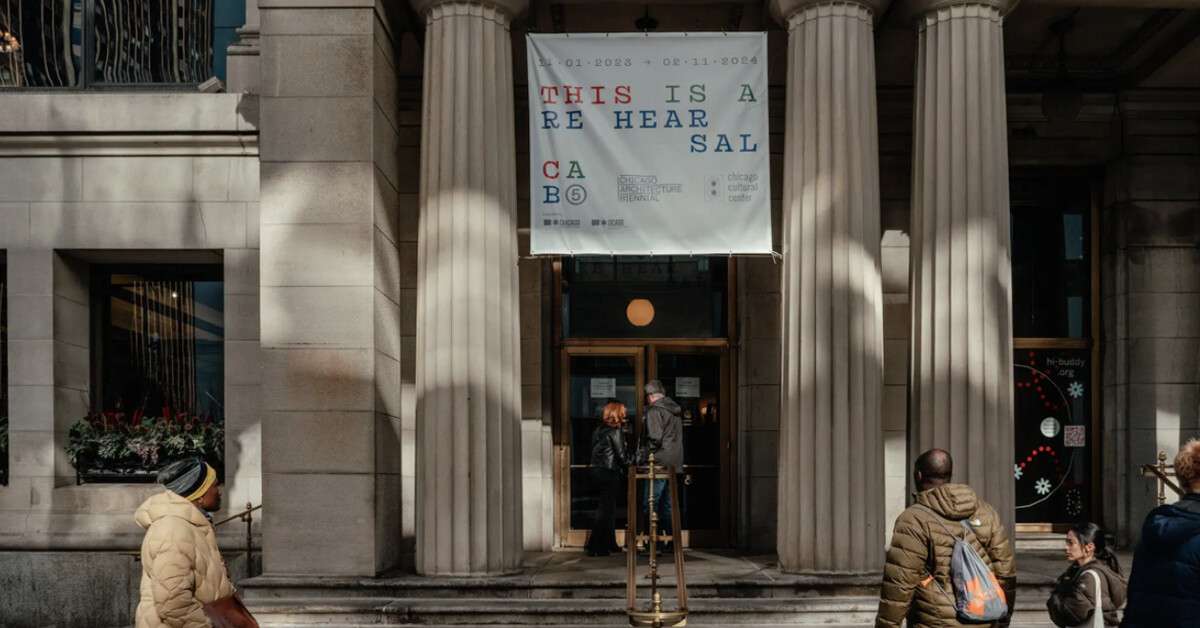
On the evening of August 7, 1930, a mob lynched J. Thomas Shipp, Abraham S. Smith, and James Cameron on the lawn of the Grant County Courthouse in Marion, Indiana. Shipp and Smith died, while Cameron narrowly escaped. The men had been accused of murdering Claude Deeter but were denied due legal process because of the color of their skin. A lurid photograph of this tragic event was published nationally and inspired Abel Meeropol’s poem “Bitter Fruit.” Famously recorded as “Strange Fruit” in 1939 by Billie Holiday, it would become an iconic anthem that galvanized many in their push for Civil Rights reform. Dr. James Cameron would go on to become a life-long activist and founder of America’s Black Holocaust Museum in Milwaukee.
The events of 1930 created a scar in Marion’s identity that never truly healed. In 2022, artist and Marion native Samuel Levi Jones proposed a collaborative design project with LAA Office to create a place of remembrance near the historic lynching site. Working with community leaders, the team hopes to reframe Marion’s legacy through an act of spatial reconciliation that promotes equity and cross-cultural understanding. The garden and plaza will feature a diaphanous enclosure based on artworks by Samuel Levi Jones and a special “tree of strange fruit” commissioned from artist Sam Van Aken. For the CAB 5, a one-to-one mockup of the project’s garden wall acts as an armature to tell the story of this multidisciplinary collaboration.
At the Chicago Architecture Biennial, Artists Run Free
The New York Times
Nov 28, 2023
Nov 28, 2023
Dress rehearsal: Chicago Architecture Biennial 2023
The Architectural Review
Nov 17, 2023
Nov 17, 2023


